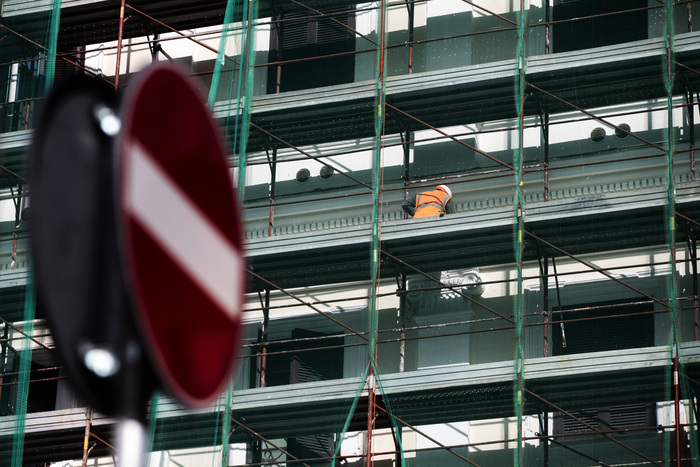The unemployment rate is low - but rising: the number of jobseekers in Israel is growing
Between 2015 and 2017, the unemployment rate fell from 7.5% to 3.6%, but since then for a second consecutive year it has grown at a modest rate of 0.2%, and today the unemployment rate is 4% - higher than the average in OECD countries. About 20,800 Israelis were fired or resigned each year
The unemployment rate is low - but rising: the number of jobseekers in Israel is growing
Photo: Knesset channel, Edit: Shaul Adam(Video: Third Finance Committee Discussion Discussion, December 2019)
An unemployment rate rise of 0.2% was recorded in 2019, up from 3.8% to 4%, according to an annual employment service report for 2019 published today (Sunday).
According to the Central Bureau of Statistics, from 2015 to 2017, there was a 4% decrease in the official unemployment rate, from 7.5% to 3.6%. However, in 2018, a slight increase in the unemployment rate, which was halted in early 2019. At the same time, there was a similar and correct increase in the unemployment rate of 4% at the end of 2019. At the same time, the number of job seekers rose moderately this year, reaching an average of 161.6 thousand per month, compared with 160.7 thousand in 2018.
The labor force participation rate in Israel - the number of employed persons and the number of jobseekers aged 15 and over, is one of the highest in the OECD countries: while the rate in Israel is 63.9%, the average in the developed countries is 60.5%. In unemployment figures, Israel is lagging behind the OECD average, with the average developed countries being 3.5%, compared with 4% in Israel.
More in Walla! NEWS
"Hard hit": A program to empower women in the periphery closes due to lack of budget The Labor Accident Report: 84 workers were killed in 2019, one-third of whom fell from vehicle height, tours and refreshments: despite the deficit, the National Insurance budget inflating private health insurance policies that change your lifeIn 2019, some 20,800 Israelis were fired or resigned a month. More than half of them were fired from their jobs. This figure represents a 3.75% increase over 2018, when the proportion of laid-off or laid-off work-seekers was approximately 20,000. 45% of unemployment claimants this year belonged to the 35-44 age group, 34% to the 18-34 age group, and only 20% were over the age of 55.
Between 2015 and 2019, the number of stabilizers, requiring income assurance allowance, dropped by about 44%, from 110,000 per month to 62,000 per month. This is a rate of 1.47% of the workforce, compared to 2.89% in January 2015. In the absence of the "employment circles" program, the unemployment rate in the economy was 1.5% higher.
More in Walla! NEWS More in Walla! NEWSPoverty Report: Declining middle-class incomes, worsening children's and elderly status
To the full articleAn increase in the number of academic job seekers
The report also shows that between 2018-2014 it can be seen that the decline in job seekers has permeated all districts, and no significant changes in the mix of job seekers by districts can be noted. However, during 2019 it can be seen that the bulk of the job seekers increased in the Jerusalem District, where there was an increase from 17,000 job seekers in the district to about 18,000 job seekers.
Another change can be seen among academic job seekers. Despite their relatively low numbers, between 2013 and 2019, there was a significant increase in the rate of academics out of jobseekers, about 5 percentage points.
The unemployment rate is 4%. Unemployed queue (Photo: Shutterstock)
Unemployed queue (Photo: ShutterStock)
Most of the job seekers are Jews. In 2019-2013, there was an increase in the proportion of Jews from about 66.33% of total jobseekers to about 68.8% in 2019. However, in recent years there is an increase in the proportion of Muslim, Christian and Druze jobseekers among both unemployed and unemployed people.
Between 2018 and 2019, there was a 97% increase.4 among Jews requiring unemployment benefits compared to a more significant 14% increase in the non-Jewish population - from 14,102 last year to 16,750 this year. This increase began as early as 2017.








/cloudfront-eu-central-1.images.arcpublishing.com/prisa/JHLX47SHC5CTZBAKK7AZFYX7WY.jpg)
